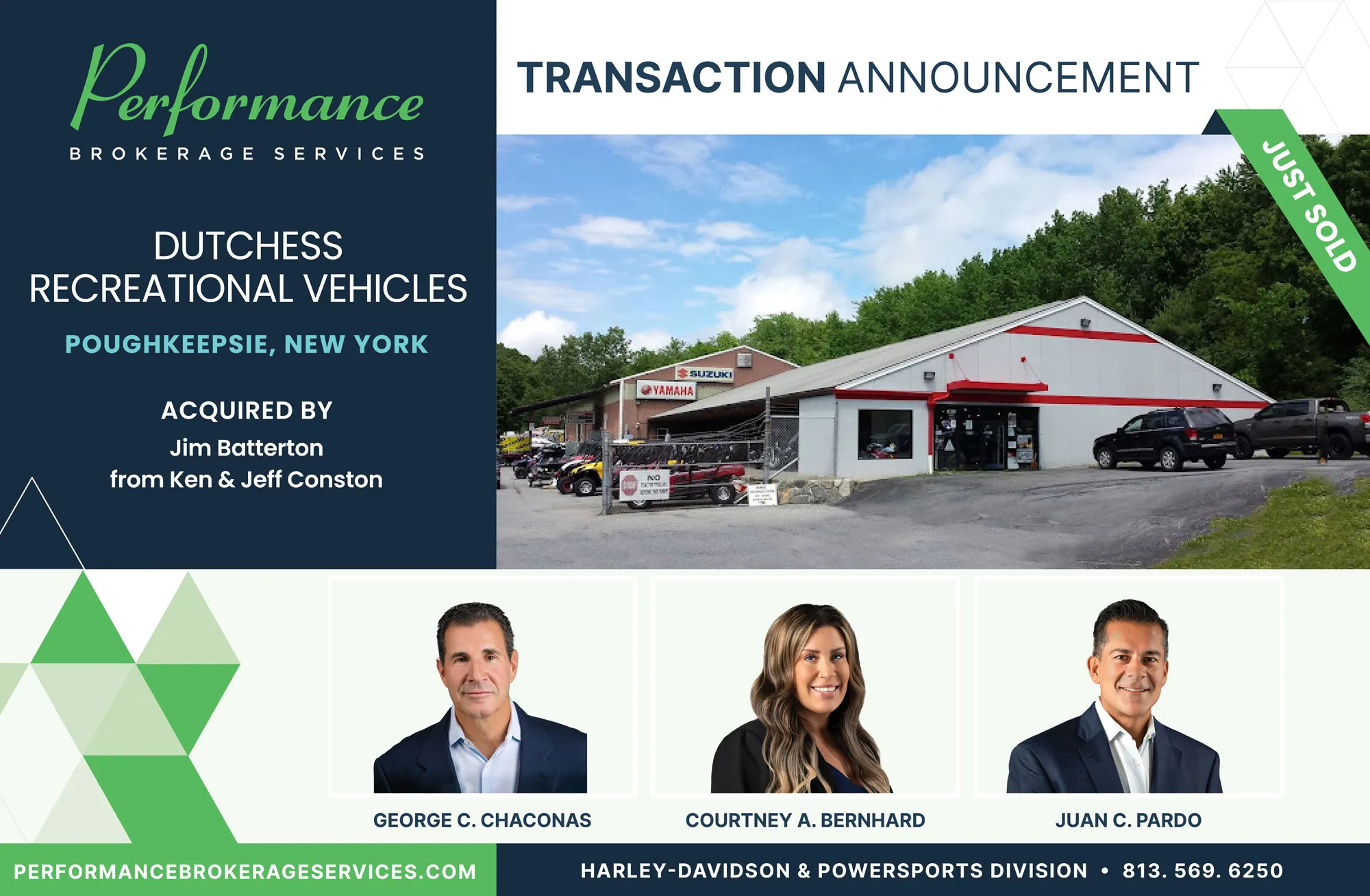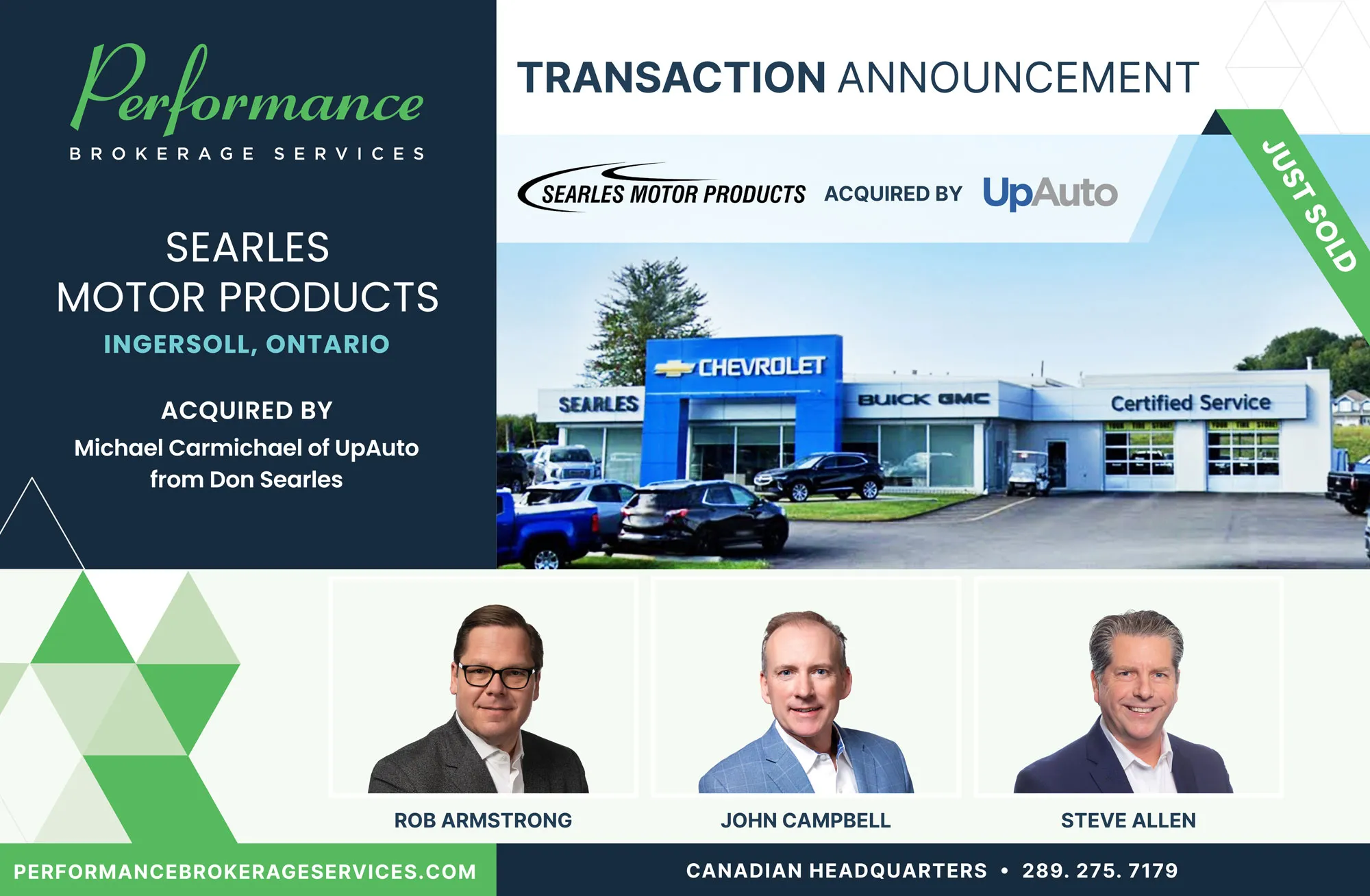It’s the start of a new year and our clients are already reporting brisk retail sales. Hopefully you are experiencing the same and hopefully a better year is beginning to form again for the industry.
In 2011 the buy/sell activity increased dramatically as well.
Some industry experts are predicting possible units sales to reach higher than 14M of light trucks and passenger cars for 2012.
2011 sales nearly reached 12.8M units; a healthy increase from the 11.6M retail units sold in 2010.
We expect 2012 unit sales to show an increase again over 2011 due to the following:
- A pent-up demand of anxious consumers
- A steady stabilization of the economy
- The average age of vehicles on the road is at an all-time high
- Dealers experiencing inventory shortages
- Natural disasters overseas slowed down production
- A delay of new models introduction due to the reorganization of GM and Chrysler.
The above has also forced a shift in the consumers’ confidence and desirability of certain brands and franchises. Consumers have become much more open-minded, which gives a chance for some manufacturers to increase their market share.
The industry as a whole has experienced roughly a 10% increase in overall sales, but market shares shifted dramatically. With Toyota and Honda down over 7%, a major opportunity is created for other franchises to fill the space. Hyundai and Kia continue to soar with a 27% increase in 2011 over 2010 and Chrysler is closely trailing with a 26% increase. Nissan has also certainly advanced in a big way, with a 15% increase from 2010 to 2011.
We all know that nothing in business stays the same, but coming off a year of over 16M units sold in 2007 to a low 10.4M units in 2009, was a difficult task for most dealers, to say least. Yet, for the most part the dealer body has adapted rather well to the overall shift in market conditions by cutting expenses and becoming more involved in the day-today operations, thus identifying areas that needed improvement. Sadly however, many lost their businesses altogether.
As far as buy/sell activity, 2012 looks like it is going to be a very exciting year in the car dealers’ community. When dealerships are profitable, dealers tend to be more active looking to acquire more stores, build critical mass and economies of scale. 2011 was a good year for us at Performance Brokerage Services, as we successfully consummated 18 transactions, and currently working on additional five buy/sells. We worked on dealerships as small as $500K to as large as $30M.
In about 80% of the transactions we worked on, we had to deal with facility issues. As you may suspect, when a buy/sell is presented to a manufacturer, it seizes the moment to flex its muscle. In most cases we had to deal with either remodeling projects or new facilities demanded by the manufacturers as a condition to buyer’s approval. In one case the manufacturer demanded and received a $400K non-refundable deposit, as a guarantee that the buyer would follow through with the remodeling promise!
Lately, buyers have been trying to get sellers to discount the blue-sky prices accordingly. It has definitely become a major issue to contend with when trying to broker a sale/purchase of a dealership. But, although it represents a major expense in many cases, it does not stop the deals from happening.
The franchises we worked on varied of course, but in working through, both the successfully consummated and others that fell through, we have had the opportunity to work closely with many manufacturers in various markets around the country. We can’t emphasize enough how many times a representative at the manufacturer’ level made a comment about the astonishing level of buy/sell activity they have been experiencing, as well as the surprising amount of the blue-sky that the dealerships actually commanded.
Yes, the landscape of buying and selling car dealerships has changed of course after the industry-earthquake that we have all experienced in 2008 and 2009. Valuations have come down, and blue sky values got further skewed from brand to brand of course, but also by geography, more than ever before. Just this morning we learned of a VW standalone in Texas that sold for $6M blue-sky…
In the last three years the “broken” dealerships had to be absorbed (i.e. terminated dealers with empty facilities, franchise realignment encouraged by the manufacturers, etc.), but now as the market evened out, the demand for normal dealerships has increased significantly.
Just a few years ago, buyers had the attitude that cash is king and the real value was in the buy. They literally steam rolled through the market place and picked up dealerships at bargain prices. Well, we now believe that the market has stabilized and most of the low hanging fruit has been picked off.
We don’t believe that the inflated money/valuations that we saw several years ago will ever come back, but without a doubt, the dealerships that survived, are bringing in a much stronger premiums having made it this far. Yes, buyers are still circulating looking for broken stores that they can fix themselves and ultimately pay less for them, but most of those have been absorbed. The broken stores had to be sold or fixed by the dealers in order to make it through the transition.
We have been in the business of brokering the sale of car dealerships for over 20 years and historically, it has been a seller’s market. After all, finding good stores for sale is a challenging task and a dealership is a franchised business with territorial protection. However, over the last three years, the balance shifted towards a buyer’s market. Those with cash and liquidity called the shots. We saw many “hand raisers” who wanted a solid buyer and/or a credit worthy tenant to come and stop their bleeding. Now, and in the last six months of 2011, we have certainly seen a shift again back to a seller’s market. Clearly, the desperation that existed in 2009 and 2010 has subsided or in most areas disappeared altogether.
With buyer’s demand getting strong once again, ownership changes are taking place all over the country; though the activity is significantly stronger in the Southwest and Southeast regions. In our recent transactions, along with our pool of able buyers, we have worked with sellers who wanted to sell, rather than needed to get out.
Thus, we have experienced less and less fire sales. Tracking the trend of the actual buy/sells and contracts that have crossed our desks in just the last year, the goodwill prices and overall terms of the deals were two to three times more favorable for the sellers as opposed to just one or two years prior.
The buyers’ pool has shrunk overall. We lost a segment of buyers – the general managers wanting their first store. Those buyers have been off the scene. They are not ready and willing to take the necessary risks, they are hanging on to their jobs, and when they do attempt to venture off, they find it very difficult to secure financing for flooring lines, cap loans and of course for the purchases. During 2011 we were able to consummate only one transaction with a first time buyer!
Although financing has recently loosened up a bit more, the overall credit situation is still really tight. It seems that banks are still hoarding their cash to improve their own balance sheets. For acquisition purposes in general, practically speaking, financing is nonexistent. Specifically, no financing whatsoever is available for the goodwill portion, and more often than not, buyers are unable to secure financing for working capital. We currently have multi-million dollars transaction stalled over $500K of a working capital loan!
As for flooring – few banks and the captives have returned back into the market. However, the dealers and applicants are scrutinized more than ever before and flooring rates are still rather high. First time buyers find it almost impossible to get flooring line sources. And even existing dealers, who are still not performing well, are experiencing constant pressure and curtailment from their flooring sources. Unfortunately, we still hear about dealers receiving notices of flooring termination. Last year, we experienced a couple of rejections for flooring, from multiple sources, for dealers that have been in the business for over 30 years!
In general, we have seen more flooring activity with US bank, Wells Fargo, Chase and of course Ally Bank.
As for the real estate – a multi-dealer is able to find available funds if he/she is extremely profitable. However, as the values of real estate tumbled and remain low, the banks remain very cautious. Though loans can be found around 65%-70% loan-to-value. We still recall loan-to-value of 200% before the crash. In a couple of our transactions last year, one manufacturer financed 88% of the real estate and another financed 100% of the real estate! Those were the exceptions of course.
So if a dealer is contemplating selling the dealership, should he/she hold out and wait for things to further improve? Well, after what we all experienced in Q4 of 2008, how can one risk waiting for anything? Even two months before the economic meltdown in 2008, we did not see it coming!
Moving forward, have we seen the end of the volatility? Is the slow-down in China significant enough to impact us? Will the debt crisis in Europe tip over and affect us all? Will the gridlock in Congress continue? Is the rate of unemployment going to remain high? We believe that volatility and risks are still high as the economy is going through unprecedented and uncharted territories.
Ironically, is really not much different than before: you should consider selling your dealership when your time is due. Whenever you are willing and ready or forced to do so due to certain circumstances. If only to mention a few possible conditions: a desire to retire, illness, old age, no succession plan, no longer having fun, a divorce, a partnership dissolution, the troubles associated with manufacturers’ demands for facility improvements and the risk of higher occupancy rate, desired to re-locate, re-deployment of capital to improve one’s portfolio, unfortunate losses that one can’t sustain, or hopefully an offer that one cannot refuse.
When considering selling your dealership, we are certain that you will involve your accountant. We suggest that you select an automotive attorney not just a business attorney, and we also strongly suggest that you consult with a professional dealership broker or an intermediary who specializes in the field of brokering the sale of new car dealerships. When choosing the right one, he/she will add value to the process of selling by introducing a sense of urgency to the process, firm the price up while working with more than one buyer at a time; create a deal flow, bring a different perspectives, and provide real time valuation, negotiation skills and expertise.
By the way, a creative way for a dealer to sell a dealership is through a buy-in/buy-out program. Frankly, it is one of our favorite ways of selling a dealership. If done correctly, it can become a win-win for all parties involved. For the buyer, it is a life changing event: the ability to become a dealer with a small amount of available funds, who otherwise could not afford buying a store at all. And for the seller, it offers a planned exit and a gradual phase out. It also offers the ability to sell the store for the highest possible price, when you add back the continued participation in the profit sharing until the buy-out is completed.
A word of caution to our readers should you attempt a buy-in/buy-out type of a sale: such transactions have to be carefully structured! We have done dozens of those types of deals over the years and they can get ugly rather fast if done incorrectly, without all the safety markers in place. In a way, it is a partnership between two strangers for several years. It needs to be structured correctly with a threshold of performance for the buyer/operator, governed by employment agreements, a stock purchase agreement and a shareholder agreement. Additionally, if the seller owns the property, he/she should remain 100% owner of the real estate until the buy-out is completed.
Some risks should also be mentioned here as well: if the threshold performance is not met, and the seller chooses to unwind the deal, he/she may find that the culture of the dealership have changed completely under the buyer’s helm. It is also possible that dealership might not produce enough profit for the buyer to purchase additional stock, therefore causing the buy-out process to stall. Lastly, the flooring lines typically remain open under the seller’s name and therefore the exposure and risks continue.
We will close with a feel-good story: a gentleman came to us with $180K. We involved him as a minority partner and operator with a dealer/seller that was 60 years old. Within 5 years, he completed the purchase of 100% of the stock, netted $1.3M/year and was able to purchase the real estate for $3.3M as well. The buyer was able to buy a dealership with only $180K and the seller benefited from a planned exit and 5 additional years of profit sharing. A win-win transaction.
May you all have a prosperous and healthy year in 2012.


